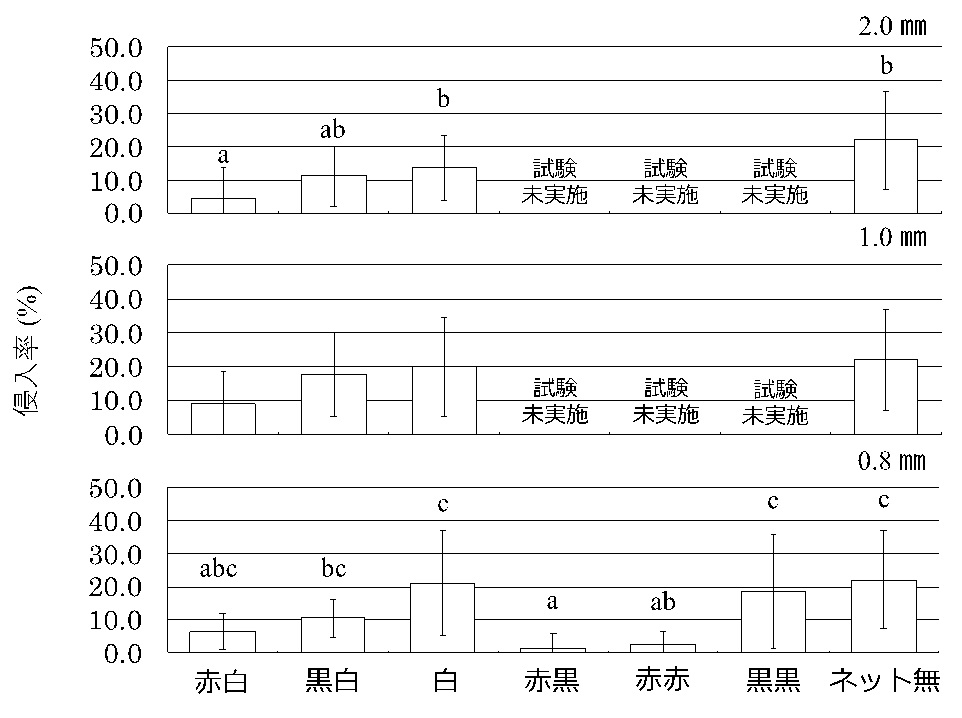2024-02-15 スイス連邦工科大学ローザンヌ校(EPFL)
◆EPFLのTobias J. KippenbergとNils Johan Engelsen率いる研究チームによる最新の研究は、量子物理学と機械工学を組み合わせ、常温での量子現象の制御を実現しました。彼らの実験設置では、光と機械的な運動が相互に連動する超低ノイズの光機械システムが作られ、光が移動する物体にどのように影響を与えるかを高精度で研究・操作できるようになりました。これにより、量子情報の分野での利用が可能になり、大規模で複雑な量子状態の作成方法を理解するのに役立ちます。
<関連情報>
- https://actu.epfl.ch/news/a-quantum-leap-at-room-temperature/
- https://www.nature.com/articles/s41586-023-06997-3
超低雑音空洞を用いた室温量子オプトメカニクス Room-temperature quantum optomechanics using an ultralow noise cavity
Guanhao Huang,Alberto Beccari,Nils J. Engelsen & Tobias J. Kippenberg
Nature Published:14 February 2024
DOI:https://doi.org/10.1038/s41586-023-06997-3

Abstract
At room temperature, mechanical motion driven by the quantum backaction of light has been observed only in pioneering experiments in which an optical restoring force controls the oscillator stiffness1,2. For solid-state mechanical resonators in which oscillations are controlled by the material rigidity, the observation of these effects has been hindered by low mechanical quality factors, optical cavity frequency fluctuations3, thermal intermodulation noise4,5 and photothermal instabilities. Here we overcome these challenges with a phononic-engineered membrane-in-the-middle system. By using phononic-crystal-patterned cavity mirrors, we reduce the cavity frequency noise by more than 700-fold. In this ultralow noise cavity, we insert a membrane resonator with high thermal conductance and a quality factor (Q) of 180 million, engineered using recently developed soft-clamping techniques6,7. These advances enable the operation of the system within a factor of 2.5 of the Heisenberg limit for displacement sensing8, leading to the squeezing of the probe laser by 1.09(1) dB below the vacuum fluctuations. Moreover, the long thermal decoherence time of the membrane oscillator (30 vibrational periods) enables us to prepare conditional displaced thermal states of motion with an occupation of 0.97(2) phonons using a multimode Kalman filter. Our work extends the quantum control of solid-state macroscopic oscillators to room temperature.



